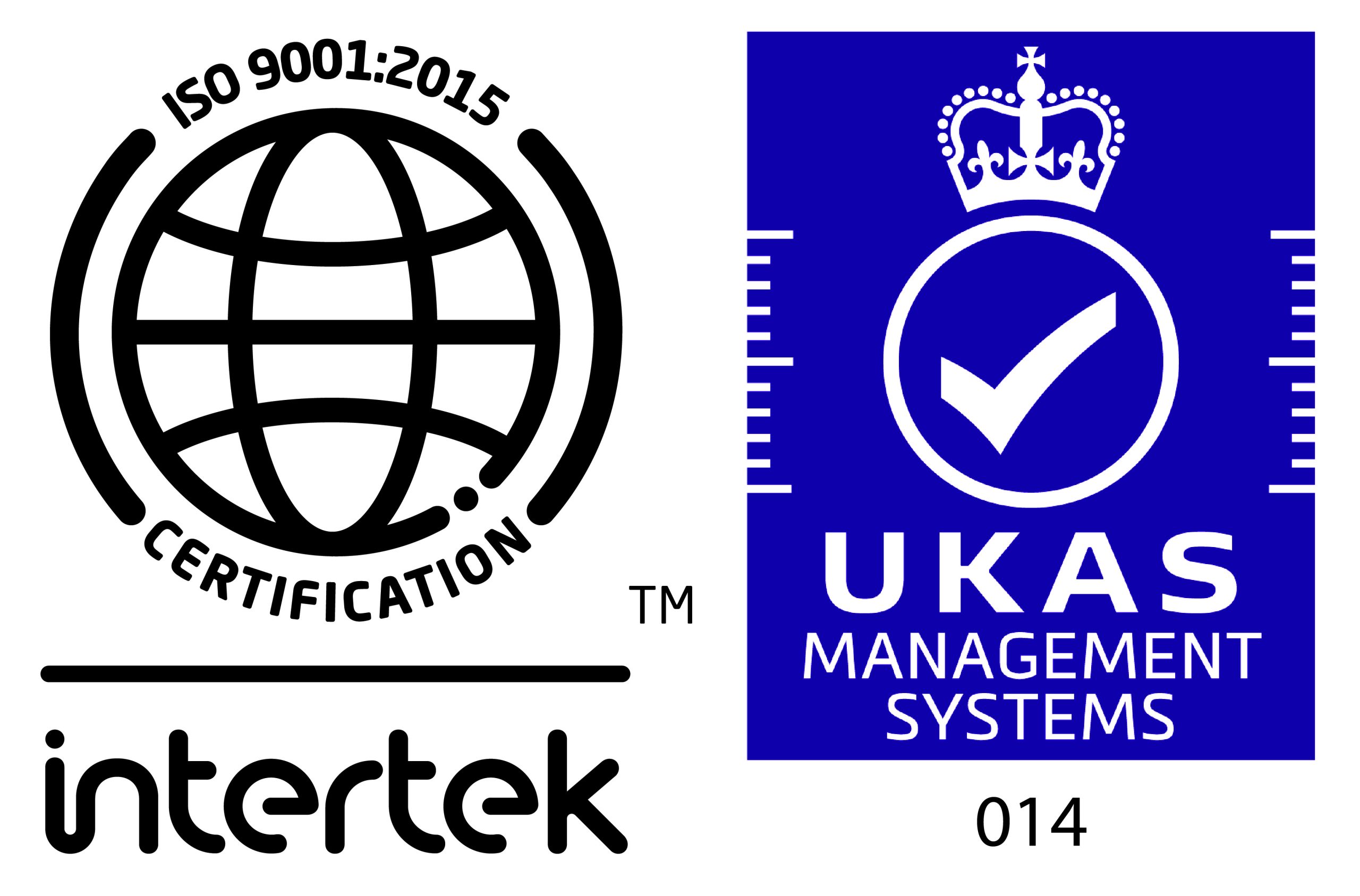Many employees add business and work-related connections to their LinkedIn accounts because they’ve come into contact with them during their employment. Who owns those connections if the employee leaves?
In May 2022, the High Court handed down a decision in the case of Clayton Recruitment Ltd v Wilson. Mr Wilson left Clayton Recruitment Ltd to start his own recruitment agency. Whilst he was employed by Clayton, he used his personal LinkedIn account for work-related activities.
His personal LinkedIn account had around 3,500 business connections he’d come into contact with during his employment with Clayton and included his work email address. Only Mr Wilson had the password to his account.
When he was setting up his new business, Mr Wilson used his personal LinkedIn account to circulate news of the new venture to all his connections.
His former employer accused him of misusing its confidential business information and client contacts. It sent a letter asking Mr Wilson to provide various undertakings about the use of his personal LinkedIn account and to provide it with the password so it could take control of those business contacts. He refused.
The employer had expressly stated in Mr Wilson’s contract of employment contract that any professional or business contacts which were added to his personal LinkedIn account during his employment were its property. Therefore, the court found all the business contacts belonged to Clayton by mutual agreement.
So, what should you do?
Belt and braces
If you wish to maintain ownership of the business contacts generated during an employee’s employment, state it expressly in the contract of employment. Also, include in your social media policy that all work and business contacts made during employment are your property and not the employee’s.
Specific
Explain that the names and contact details of existing or prospective customers, which are added to personal, social and business networking accounts, such as LinkedIn, are your confidential information.
Departure
Add that the employee must surrender the details when you ask them to do so and when their employment terminates.


